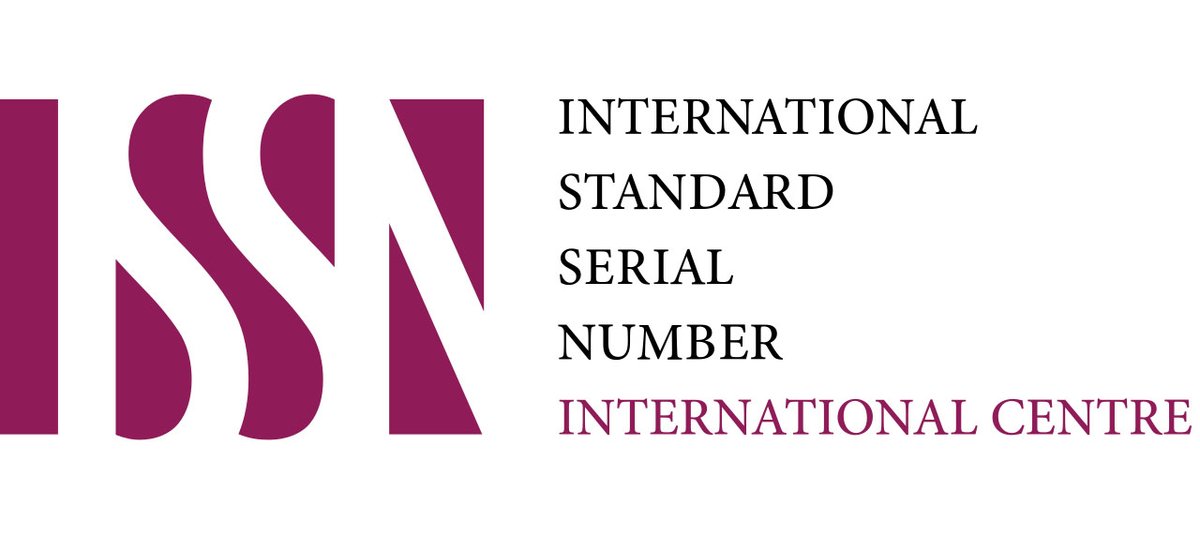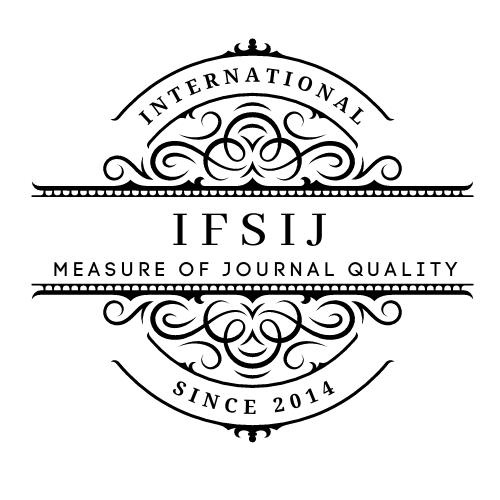EFFICACY OF LESS INVASIVE TECHNOLOGIES IN THE TREATMENT OF DIFFUSED PERITONITIS AT DIFFERENT AGES
Keywords:
Video laparoscopy, children, peritonitis, videolaparoscopic resection, diagnosis and treatment of disseminated peritonitis.Abstract
This article presents the possibilities and experience of using videolaparoscopy technologies in the diagnosis and treatment of patients with disseminated peritonitis in children. In surgical practice, videolaparoscopy was used as a diagnostic method that allowed only visual assessment, which allowed assessing the condition of the abdominal cavity with minimal tissue damage. The rapid development of videolaparoscopy is associated with the emergence of new videoendosurgical technologies. In acute surgical diseases of the abdominal cavity, videolaparoscopy allows you to reduce the number of unnecessary laparotomies, which is especially important for young patients and those with severe or other high-grade comorbidities. Currently, many authors consider videolaparoscopic sanitation of the abdominal cavity as an alternative method of planned revision and sanitation. The accumulated clinical experience shows that videolaparoscopy has wide possibilities in the treatment of disseminated peritonitis. The development of a videolaparoscopic sanitation method is urgent, which, together with the elimination of the cause of disseminated peritonitis, allows you to abandon laparotomy. As a result of the use of operative videolaparoscopy, the duration of hospitalization of patients is significantly reduced. The authors note that the number of surgical complications has decreased, rehabilitation has accelerated, pain syndrome is quickly eliminated, and a good cosmetic effect has been achieved. This is due to the low invasiveness of videolaparoscopic procedures. However, the possibilities of endovideosurgery are limited by certain factors, which are difficult to predict in advance. Therefore, it is important to define the scope of clear indications and contraindications for the use of videolaparoscopic methods in this complex field, as well as to improve the methodology of practical application.
Downloads
Published
Issue
Section
License

This work is licensed under a Creative Commons Attribution-NonCommercial-NoDerivatives 4.0 International License.















